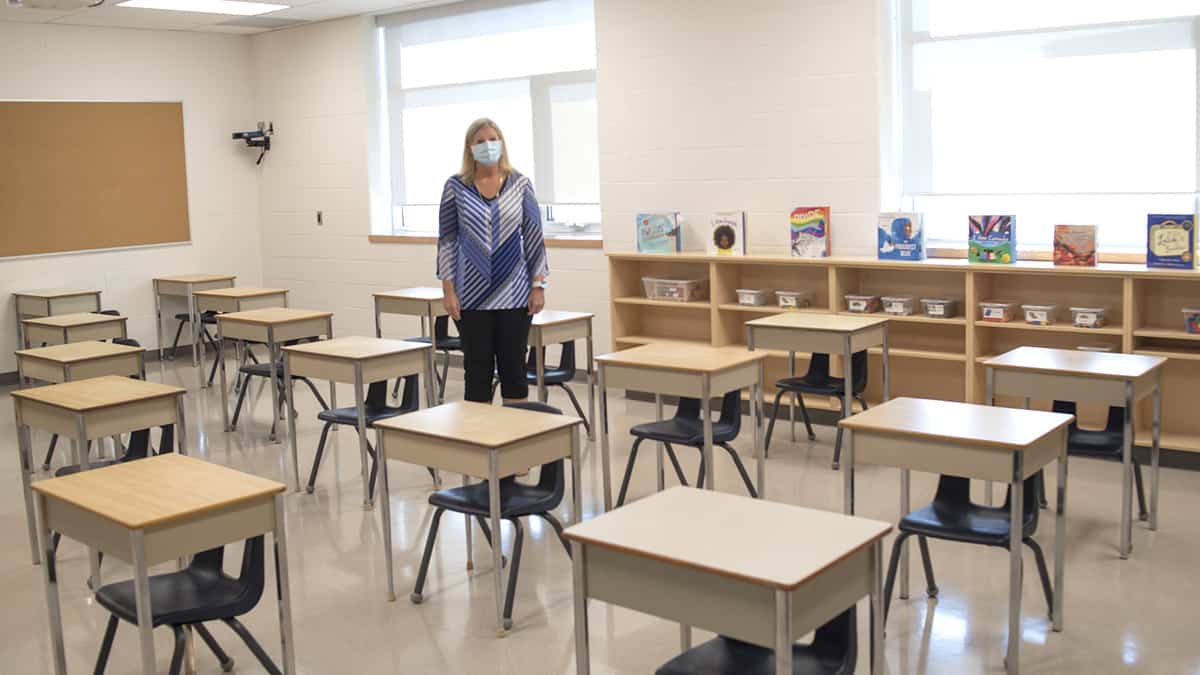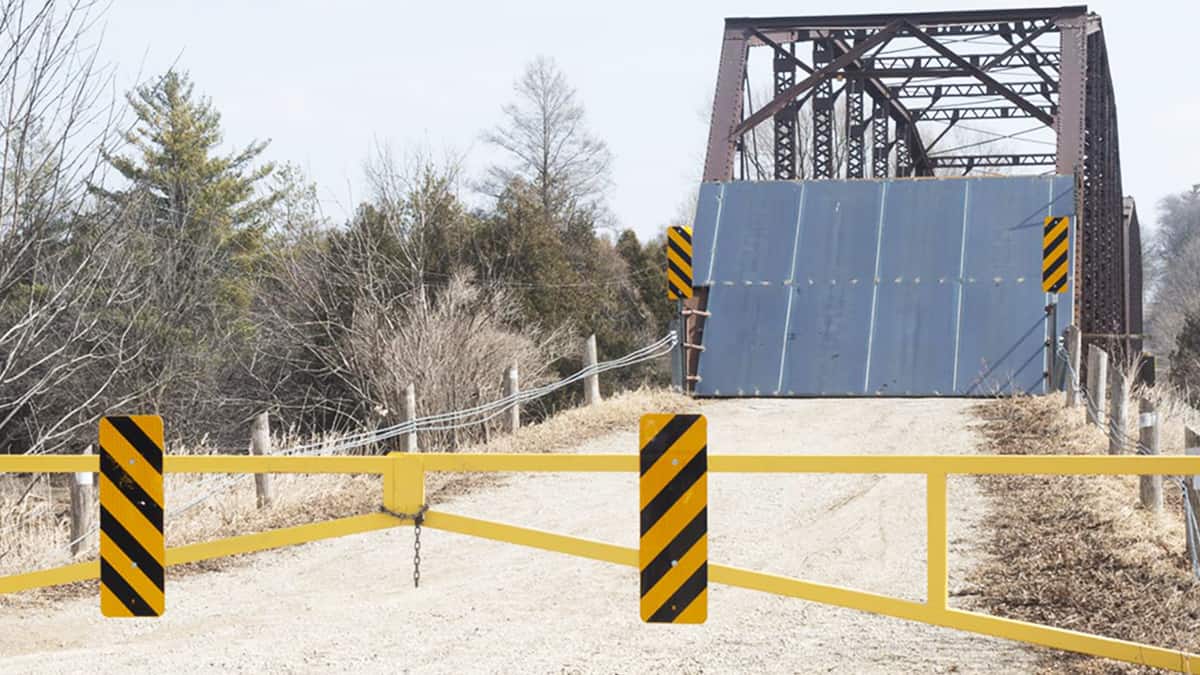With the current school year winding down, preparations are already underway for the next one set to start this fall. While COVID-19 continues to lurk in the shadows, threatening to upend whatever plans are put in place, the Waterloo Region District School Board (WRDSB) is cautiously optimistic and planning for a year with a focus on in-person learning.
This year was the first full year altered by the pandemic, with an impact on students in all grades. One of the bigger changes to the school year for kids was the option of remote learning, which allowed parents to opt their kids into schooling online from the comfort of home.
Students were given multiple opportunities to be placed into remote learning over in-person throughout the year, with more than 15,000 students (25 per cent) in the WRDSB choosing to take their classes via remote learning this year, says Lila Read, associate director at the WRDSB.
For the upcoming year, however, she expects that not as many people will opt for remote learning, instead going back to the original in-person format.
“I think what stands out is that the remote learning program will not be as big, we don’t believe we’ll have as many families opting for remote learning moving into the fall,” said Read. “[For secondary students], there will not be access to specialty programs like the advanced placement program, or international baccalaureate or French immersion. And of course, in elementary, we cannot guarantee French immersion. I think the other obvious difference is that we are hoping, and do believe, that students are best supported through in person learning. Their mental health and their well being is best supported through in person, [and] we’re going to continue to reinforce our health and safety protocols to support students and families in that regard.”
As the board prepares for the eventual return this fall, Read says there are challenges they have to face with regards to remote learning.
“The challenges that we have with remote learning is building that strong sense of community in the remote classrooms because students of course are not physically together. They’re not physically learning together every day with their peers, and so it really is more challenging to build relationships, to build a strong sense of community in the classroom and a broader sense of community, in the remote learning program.”
As they work to mitigate these challenges for the upcoming year, Read says they have been doing a lot of work with “social emotional learning and a trauma informed approach” to learning. She expects the changes will focus on a students’ wellbeing and building relationships and engaging students further, so they feel more attached.
As of May 3, students not already registered for remote learning were set to do their new school year in-person, as the chance to register had passed. Read says they will probably not be giving another opportunity for kids to opt into remote learning. Because they did a considerable amount of work reaching out to families, the board doesn’t think it would have to offer a chance to register for the program again.









